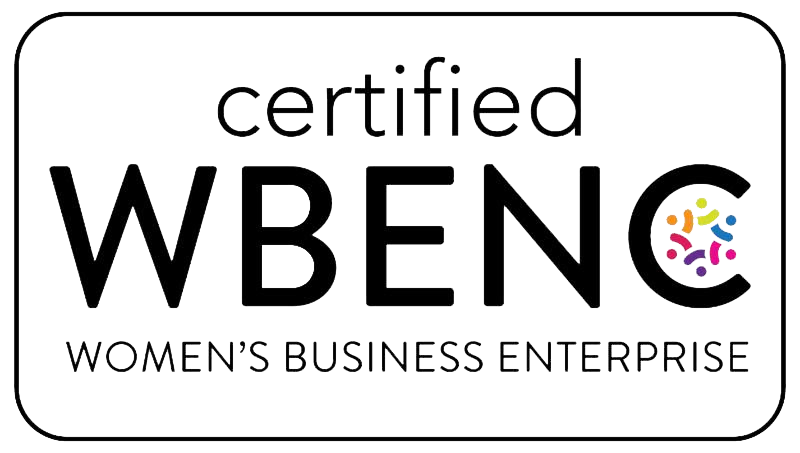Rethinking DEI in 2025 – A Fresh Approach for Inclusive Workplaces
Rethinking DEI in 2025: A Fresh Approach for Inclusive Workplaces
In today’s evolving work landscape, the way we talk about inclusion is just as important as the actions we take. For many organizations, 2025 presents a unique moment of reflection, not to move away from Diversity, Equity, and Inclusion (DEI), but to rethink how we approach these values in a way that brings people together, not apart.
At MYCA, we’ve worked with cities, companies, and nonprofits across the country to create training that is accessible, inclusive, and grounded in real-world impact. What we’re seeing now is a shift: a growing desire to make workplaces where everyone feels respected, supported, and safe to contribute.
Let’s explore how we can reframe and strengthen inclusion efforts for today’s workforce.
From DEI to Belonging, Respect, and Access
The term “DEI” has come under scrutiny in recent years. But the core goals, building workplaces where everyone can thrive, are as vital as ever. Organizations are moving toward language that centers belonging, respect, and access.
These words resonate because they focus on outcomes that matter to everyone, regardless of background:
- Feeling welcome and valued on a team
- Having fair opportunities to grow and contribute
- Working in an environment that is psychologically and physically safe
- Ensuring access to training, support, and information
This approach opens the door for conversations that are constructive and inclusive, steering clear of division and focusing on shared goals.
Building Inclusive Workplaces Without the Buzzwords
Creating an inclusive workplace doesn’t require big declarations. It requires thoughtful design and consistent behaviors. Here’s how organizations are doing it:
1. Designing for Access
- Making sure training and communication are accessible to all employees (including 508-compliant and WCAG 2.1 AA standards)
- Offering multiple learning formats to suit different learning styles and needs
2. Training for Belonging
- Prioritizing respect and inclusion in onboarding and leadership development
- Including real-world scenarios that show how inclusive behavior makes a difference
3. Embedding Respect in Daily Practice
- Encouraging inclusive meeting practices, such as rotating facilitators or using structured turn-taking
- Supporting managers in responding thoughtfully to employee feedback or conflict
What Inclusion Looks Like in 2025
Inclusion in 2025 is less about policies and more about how people show up for each other. It’s in the micro-moments:
- A supervisor checking in with a new employee to make sure they feel heard
- A team designing materials with accessibility in mind from the start
- An employee feeling safe to speak up with a new idea or a concern
These actions create culture change that sticks. And they’re not political, they’re human.
Where to Start
Not sure where to begin? Start small and focus on what’s already working. Ask:
- Do our employees feel a sense of belonging?
- Are our learning materials accessible to all?
- Are we modeling respect in our day-to-day interactions?
From there, you can build training, support, and systems that align with your team’s values.
Inclusion doesn’t have to be complicated or divisive. It’s about creating a workplace where everyone can do their best work. By focusing on shared values like respect, safety, and access, organizations can move forward with confidence and make a real difference.


